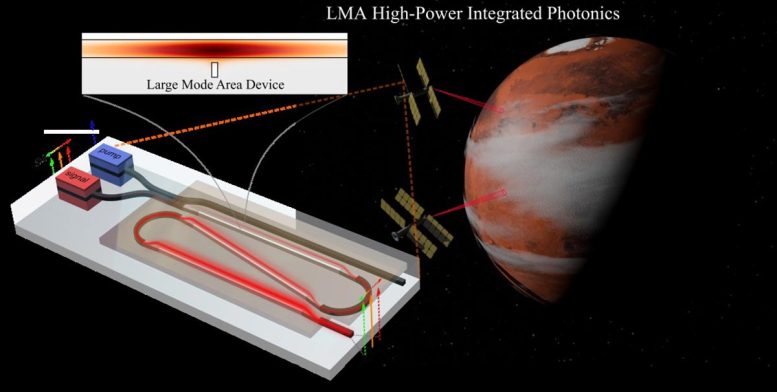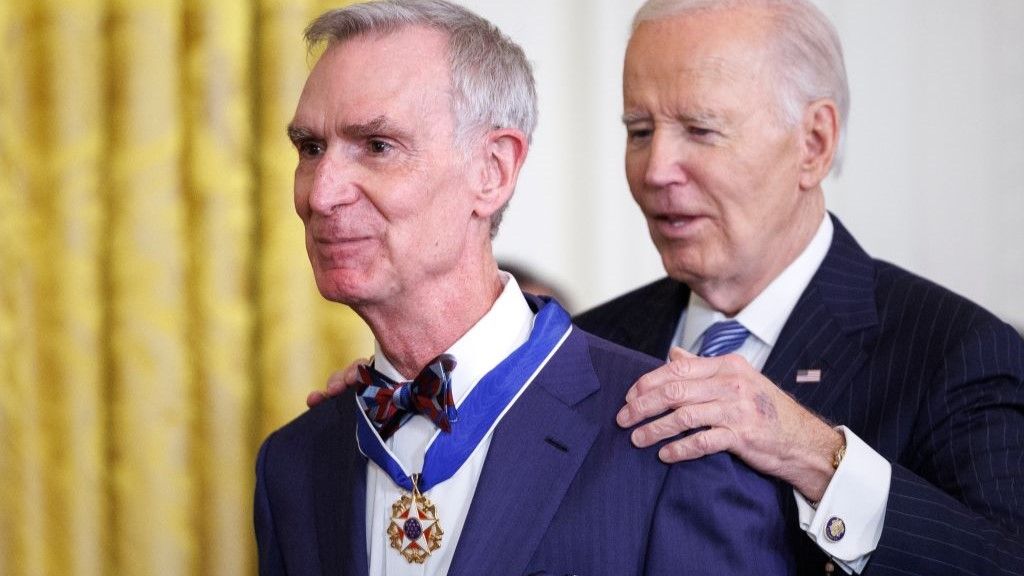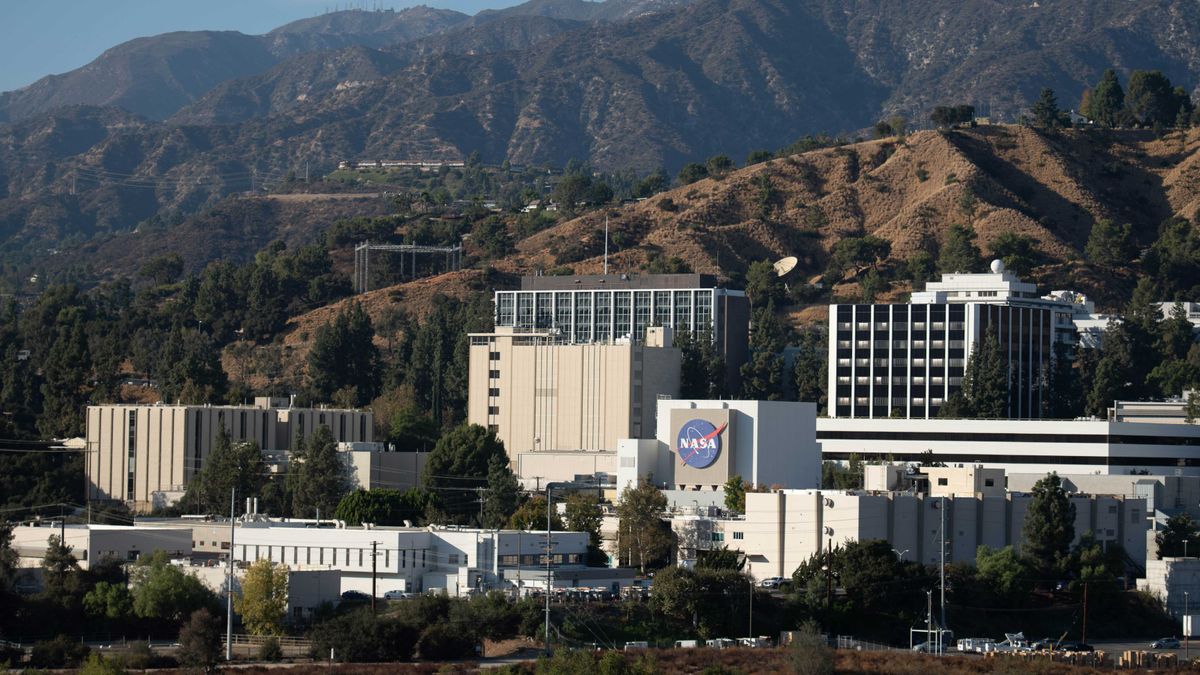
This year will be remembered for many pioneering events, from the first private landing on the moon (see “Space was for sale in 2024 as private missions led by Elon Musk boomed”) to the first pig kidney transplants in living humans. Unfortunately, another, darker first looms large over 2024: although the numbers won’t be officially confirmed until next month, it is exceedingly likely that this year was the first to cross the totemic climate target of 1.5°C of global warming (see “Climate chaos accelerated in 2024 as we hit 1.5°C for the first time”).
Let’s be clear on exactly what this means. It isn’t a breach of the world’s most important climate treaty, the 2015 Paris Agreement, in which nations pledged to limit long-term temperature rises to below 1.5°C, as this figure is generally considered to refer to a 20-year average. It also isn’t a sign that the world is doomed and that we should give up all hope of combating climate change, because every fraction of a degree that we keep temperatures down will still improve the lives of billions of people versus not doing so. But it is, inarguably, a global failure that warming has hit this level, even if only for one year (so far).
Breaching 1.5°C also comes as the world enters a new, uncertain phase of climate change. As we have reported throughout the year, the extreme warming of 2024 (matched only by 2023) has seen scientists scrambling to understand what is going on, from growing concerns over changes in key ocean currents to unexplained levels of Antarctic sea ice loss.
Going into a new year with such uncertainty, it is hard not to feel pessimistic, but that might not be a bad thing. Next year will mark 10 years since the Paris Agreement came into force, and even at the time, it was clear the 1.5°C target was pushing at the limit of what was achievable. As we wrote in our end of year leader at the time: “As a call to action, it is quixotic: its aspiration of a 1.5°C cap on global warming seems almost totally unachievable.” Indeed, remaking the modern world to halt greenhouse gas emissions and reach net zero is the most ambitious goal humanity has ever set itself.
Pessimism doesn’t make for good photo ops. It asks ‘what if we fail?’ and ‘what if we are wrong?’
Such ambition is essential given the scale of the challenge facing us, yet it isn’t enough. Setting ambitious, optimistic goals like the Paris Agreement is the easy part, where politicians get to line up in photos, smile and shake hands. It feels warm and fuzzy.
But to achieve such goals, pessimism must rule. Pessimism doesn’t make for good photo ops. It asks “what if we fail?” and “what if we are wrong?” – questions that, if they are to be tackled, involve grappling with the deep uncertainties of our green transition, whether technological, social or economic. Doing otherwise is a recipe for failure.
There are lessons to be learned from 2024’s successes. Space engineers and surgeons alike default to an assumption of error, given the complexities of landing on the moon or performing intricate operations. To mitigate against this, they use a simple tool: the humble checklist. By identifying points of failure and taking steps to avoid them, the odds of success become much greater.
It wouldn’t make much sense to have a “climate checklist”, given we are talking about an ongoing global process rather than a single operation or space mission, but the underlying ethos still applies. One big point of failure is the annual UN climate talks. At the 29th such COP summit, in Azerbaijan this year, the hosts praised fossil fuels as a “gift of God”.
COP30, which is due to be held in Belém, Brazil, next November, offers an opportunity for an attitude reset. Brazilian President Luiz Inácio Lula da Silva is already making noises in that direction, promising a “turnaround COP”, but can he deliver? Perhaps the strongest message he could send would be to take to the stage and publicly admit the failure of the COP process to date, flanked by unsmiling world leaders with a clear plan to do better. Don’t bet on Santa delivering that wish, though.
Some contrition and pessimism could also help with another problem that has been quietly bubbling up during 2024: the looming threat of a bird flu pandemic (see “Bird flu suddenly got serious in 2024, infecting dozens of people”). The H5N1 virus has spread through US dairy herds, with minimal efforts at surveillance and mitigation from US health officials. As a result, the number of human infections there has also grown, to more than 50 as we went to press.
The virus isn’t yet well adapted to people and, so far, there has been no known human-to-human transmission, but each new infection increases the chances that a random mutation will change that. Optimistically rolling the dice and hoping for double sixes doesn’t a good health policy make. In an ideal world, the US would already be planning for a possible pandemic, with fingers crossed that it never comes to pass. With the incoming president, Donald Trump, favouring the vaccine sceptic Robert F. Kennedy Jr as the secretary of health and human services, we don’t live in an ideal world, meaning that other countries should be making their own plans. This is the only rational response to uncertainty.
Clearly, all this pessimism isn’t particularly in the holiday spirit. Be assured, however, that throughout this double issue of New Scientist lies a world of festive treats, from the science of believing in Santa (see “Believing in Santa Claus doesn’t make children act nicer at Christmas”) to the quest for the world’s largest snowflake (see “How a plan to make the world’s largest snowflake was humbled by nature”).
As for next year, raise a glass – both half-empty and half-full – to the researchers and companies developing new ways to tackle climate change, be it sucking carbon dioxide from the air or genetically remaking our food to be greener (of which you can read more in our 2025 preview next issue), and hope that the uncertainty thrown up by this year’s climate news can, and will, be a catalyst for change.
Topics:









Leave a Comment